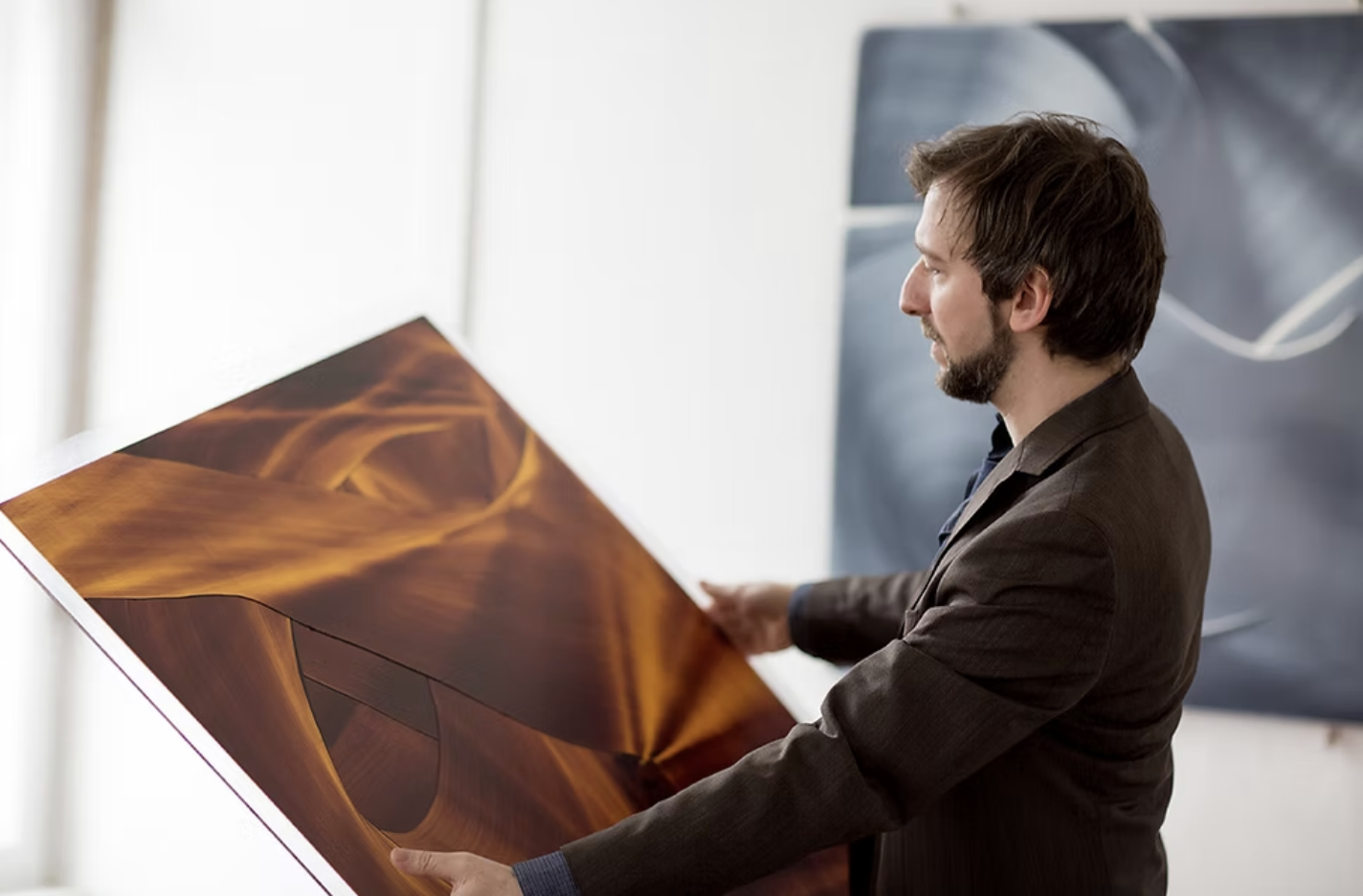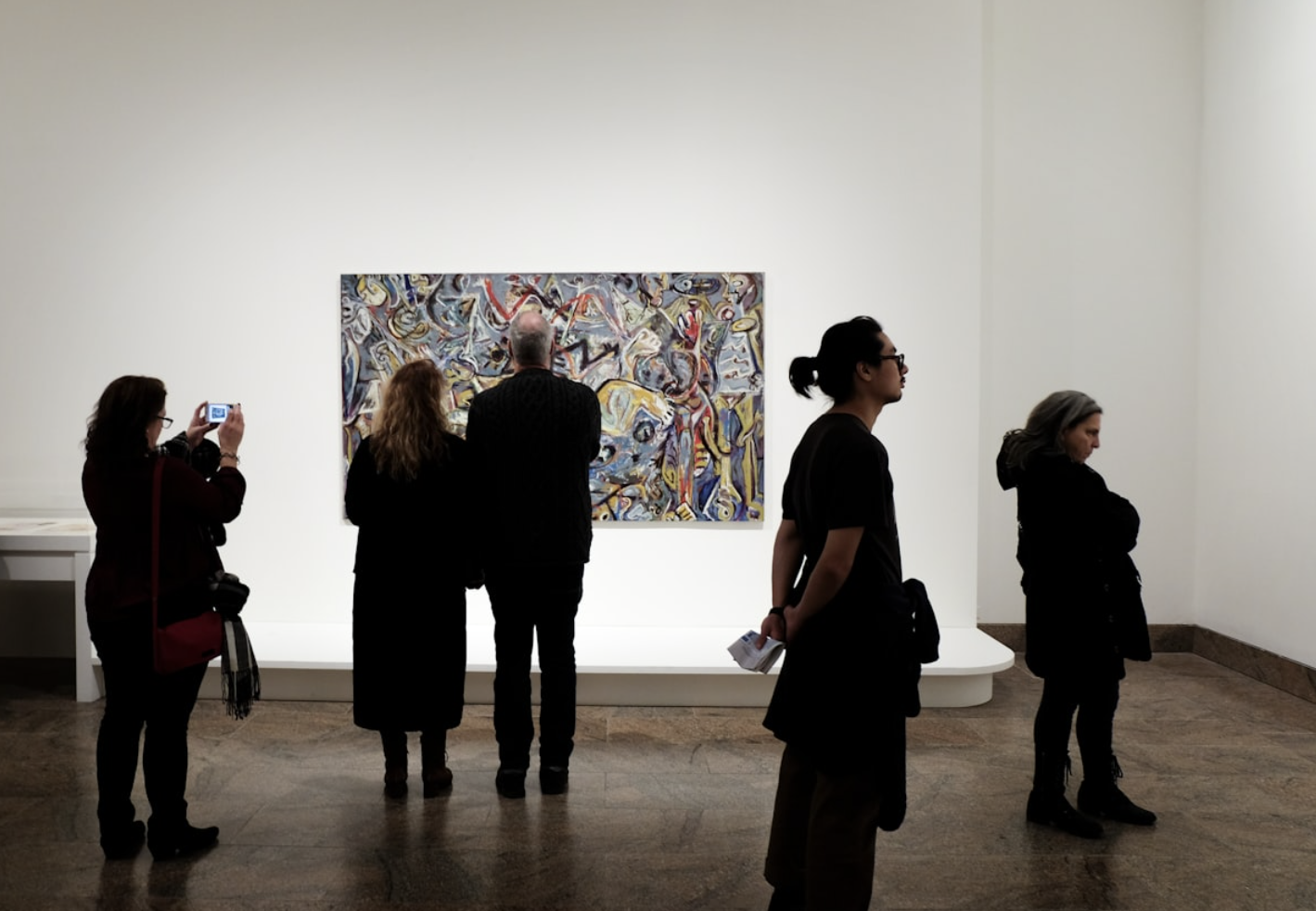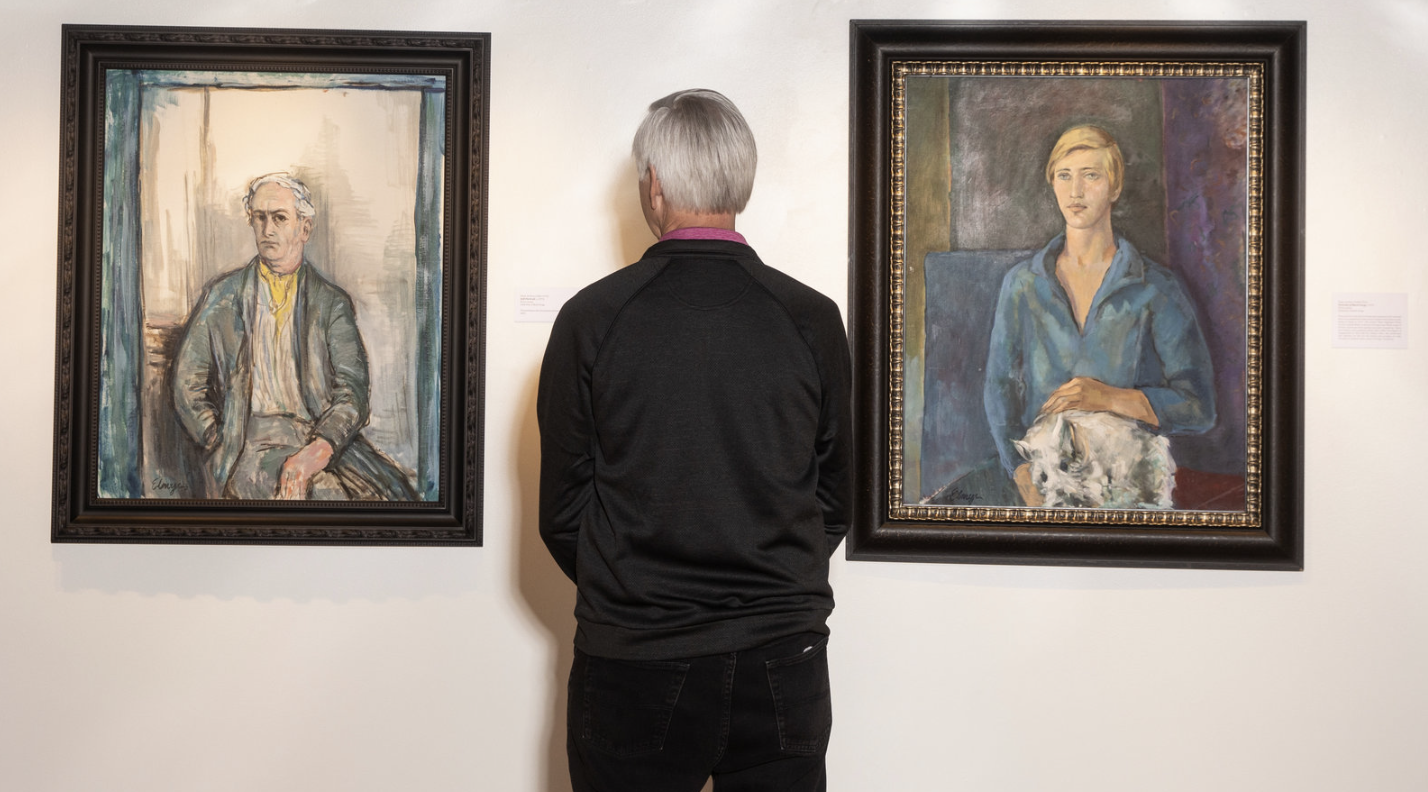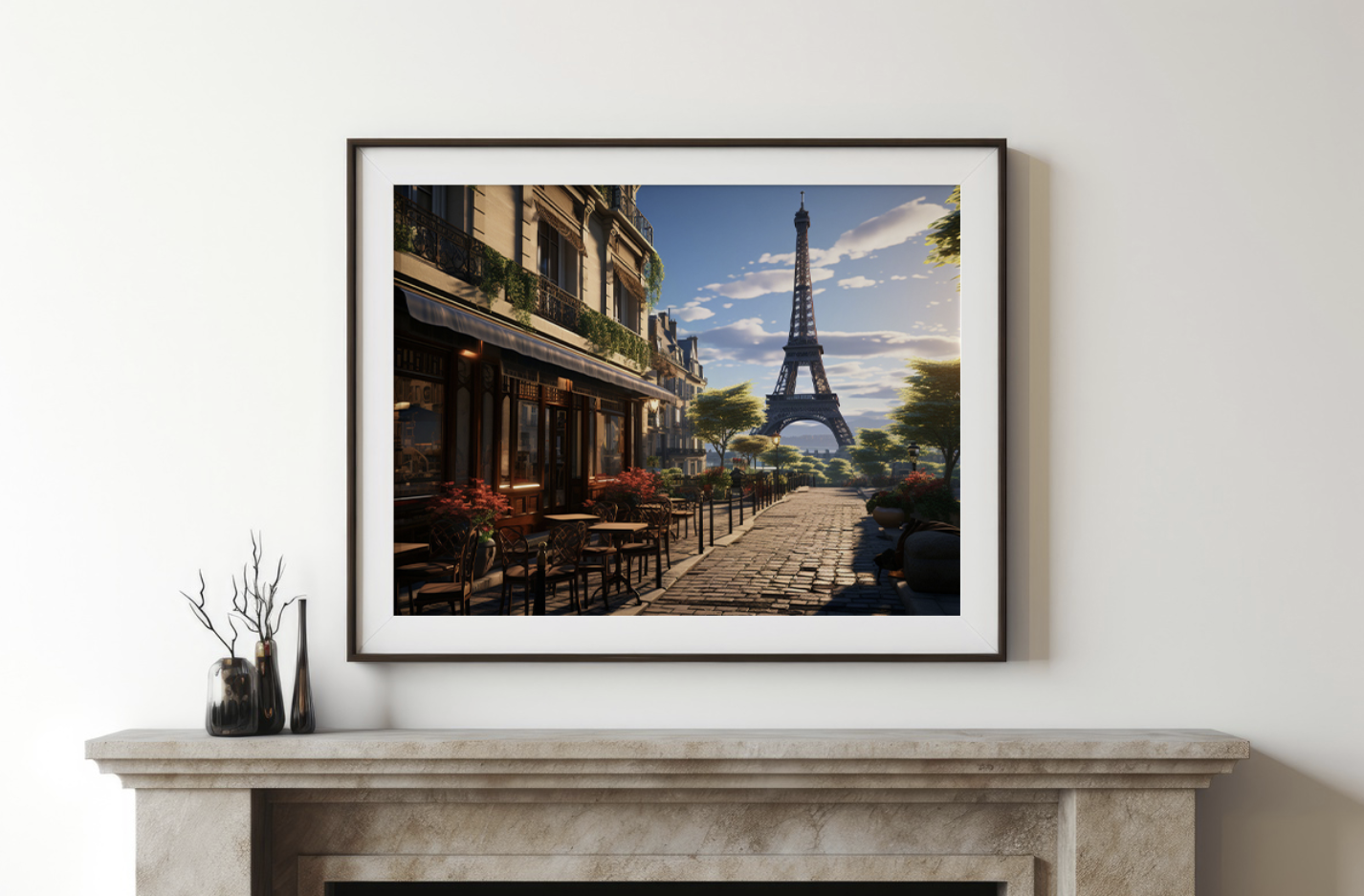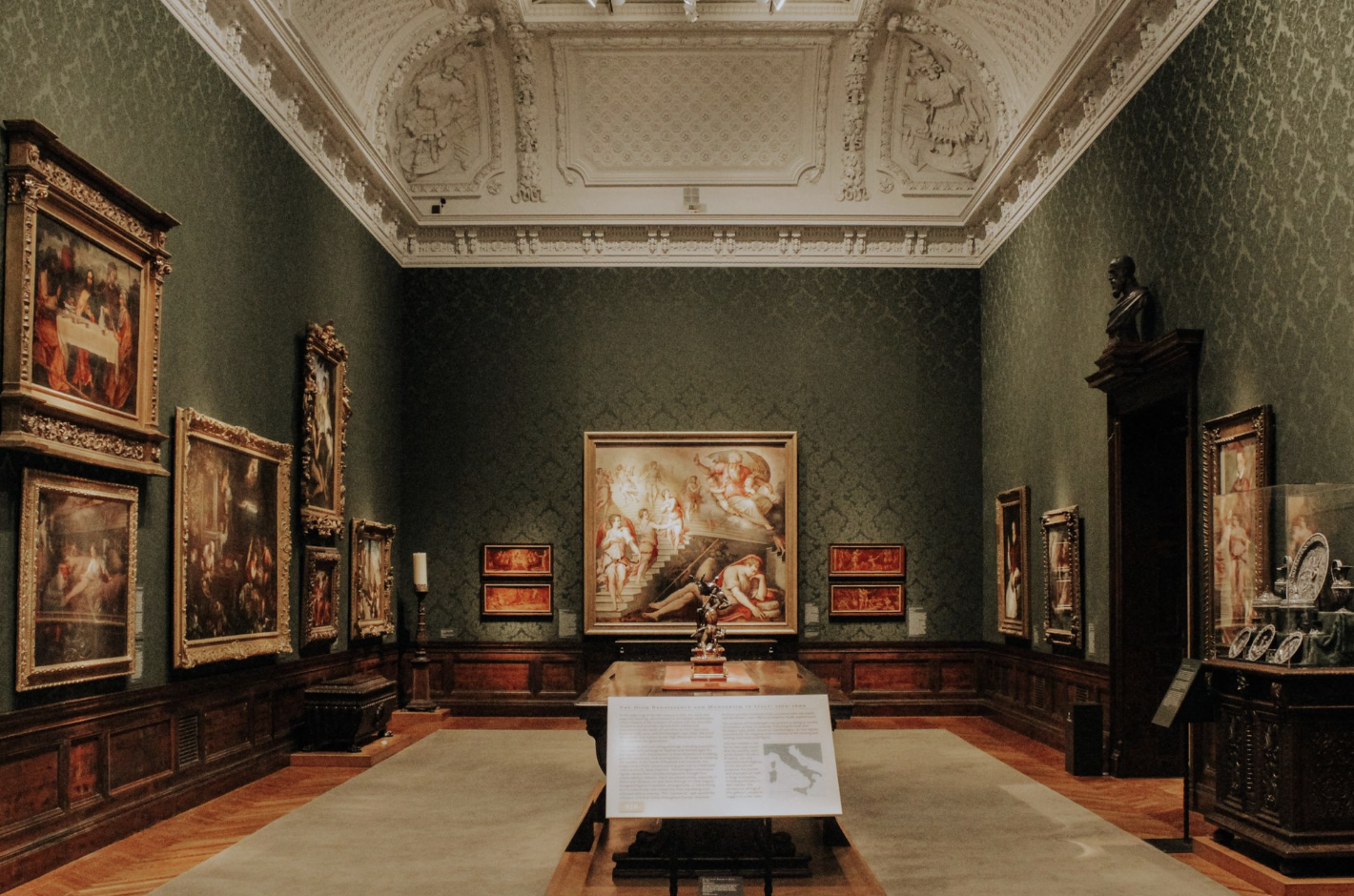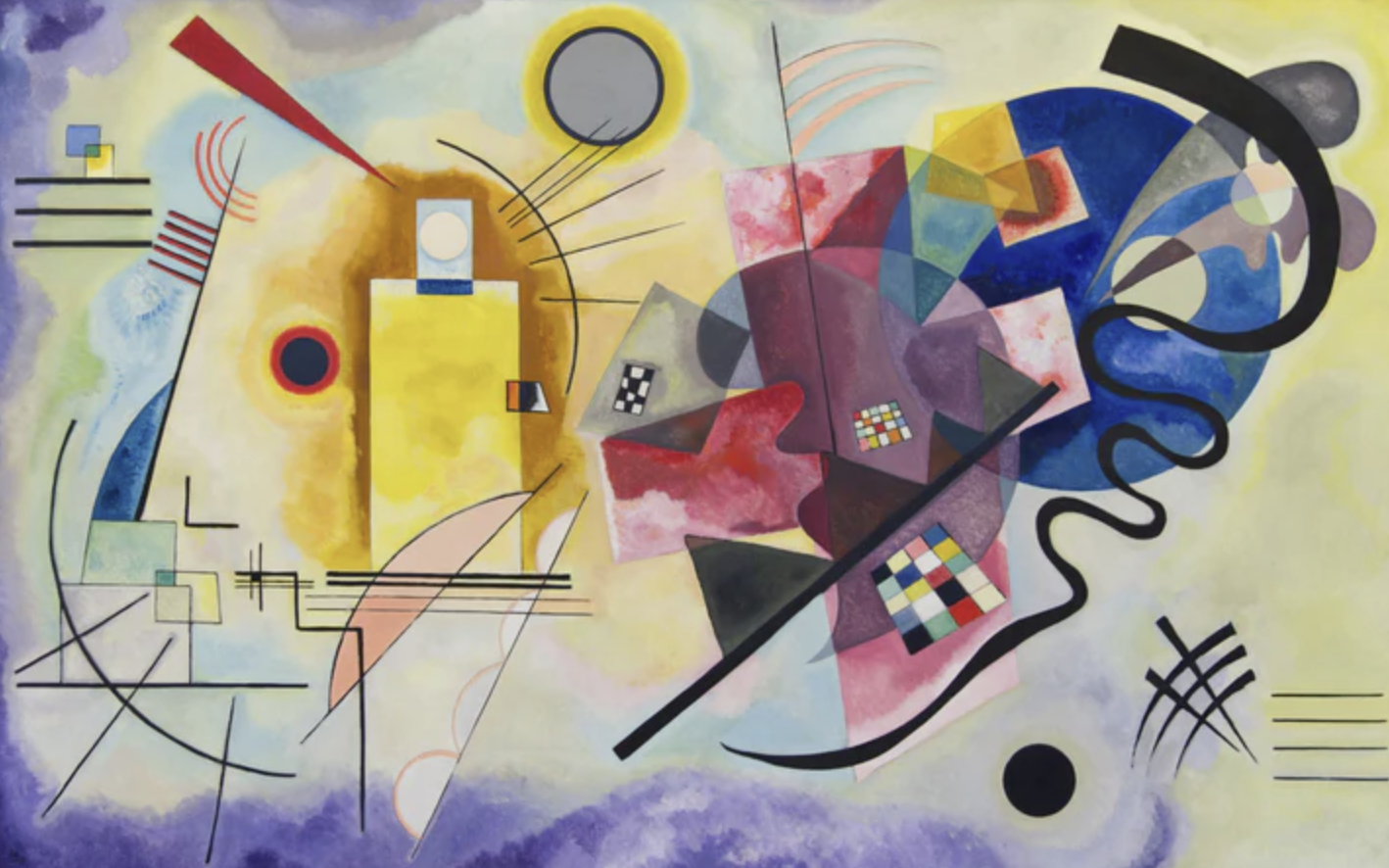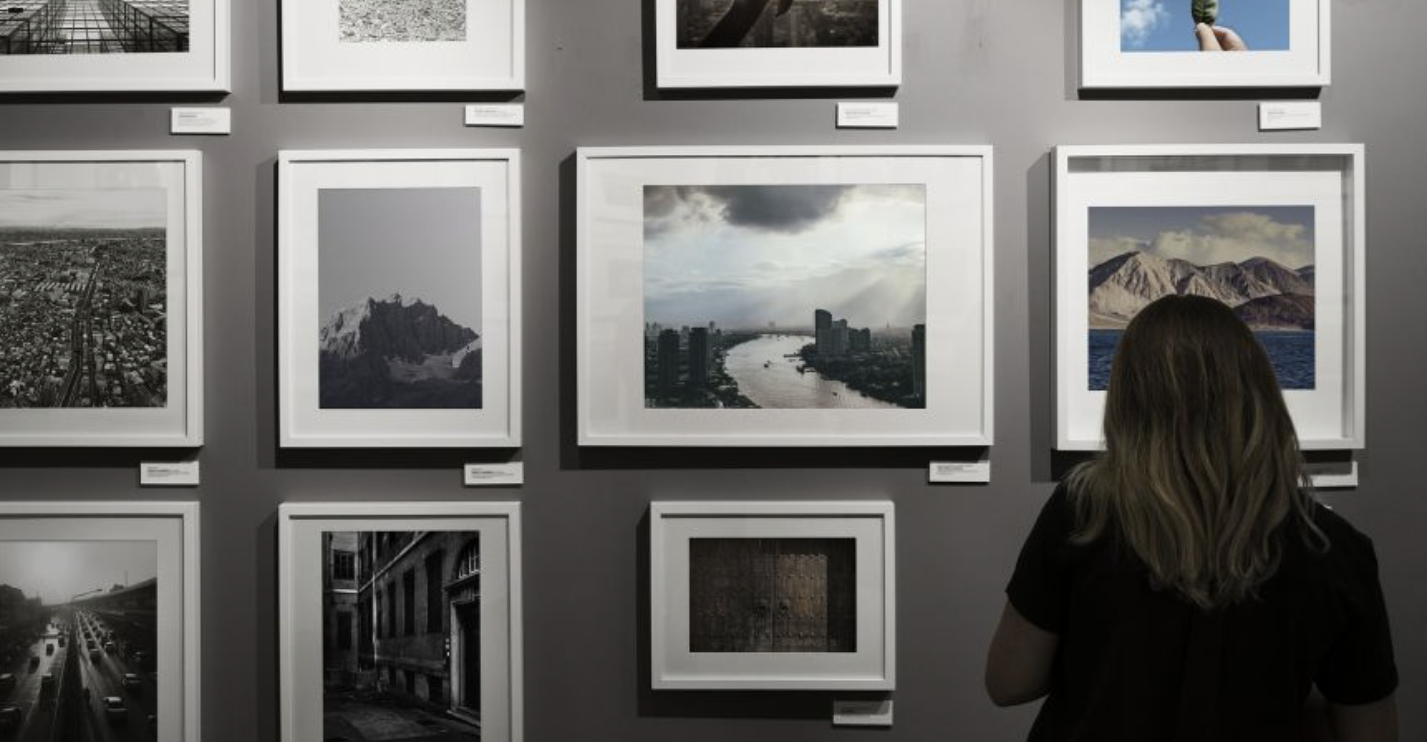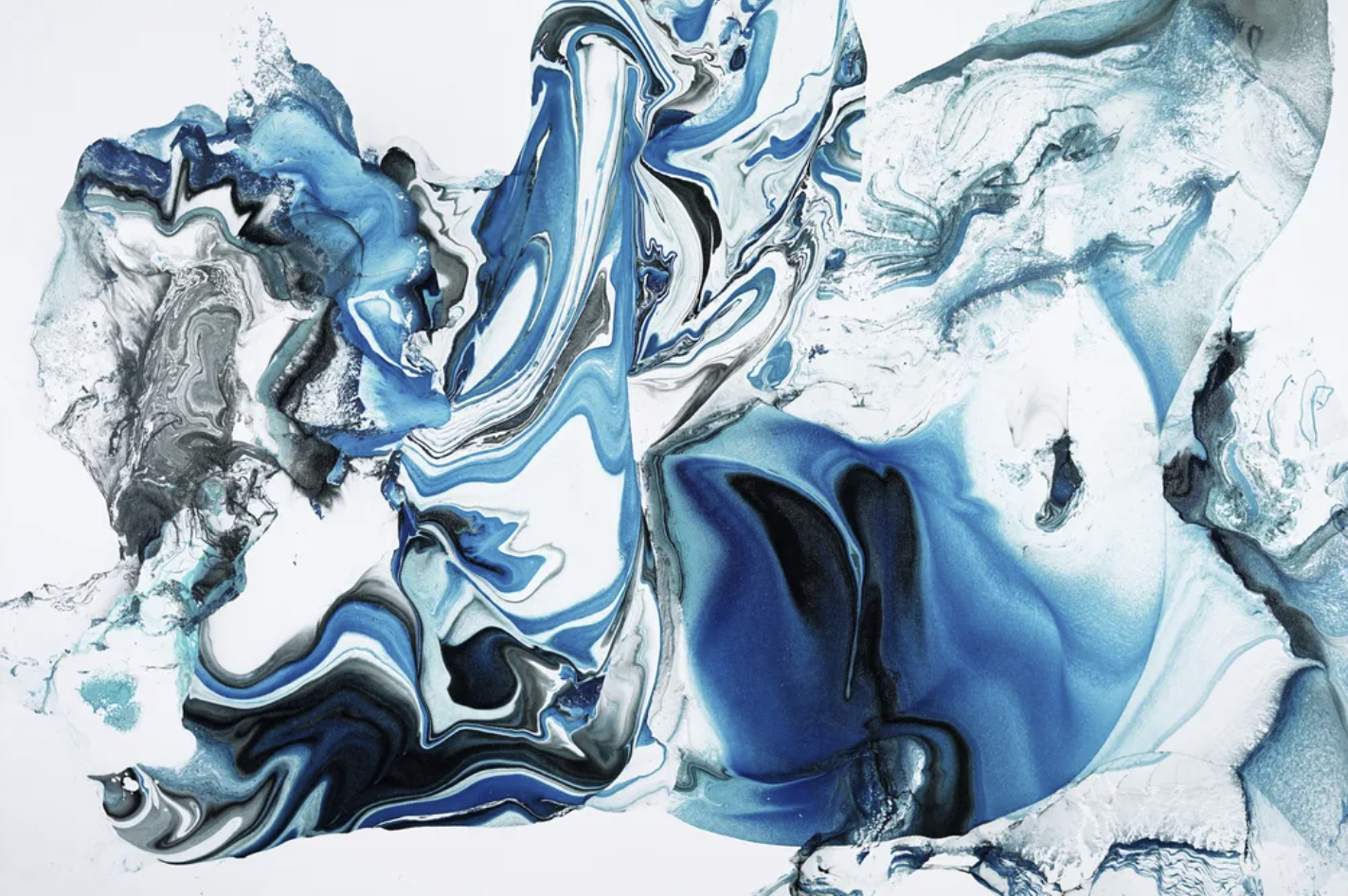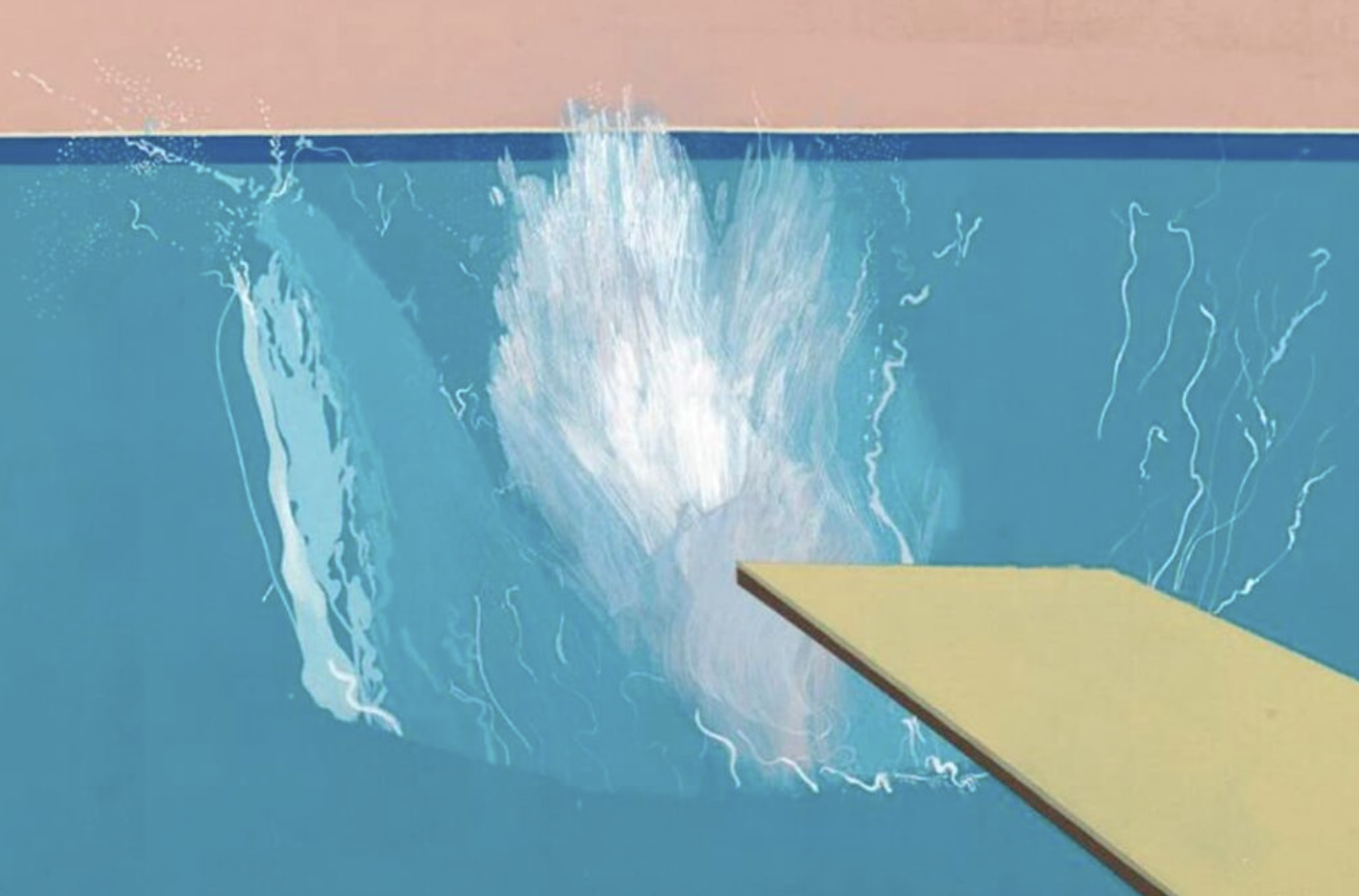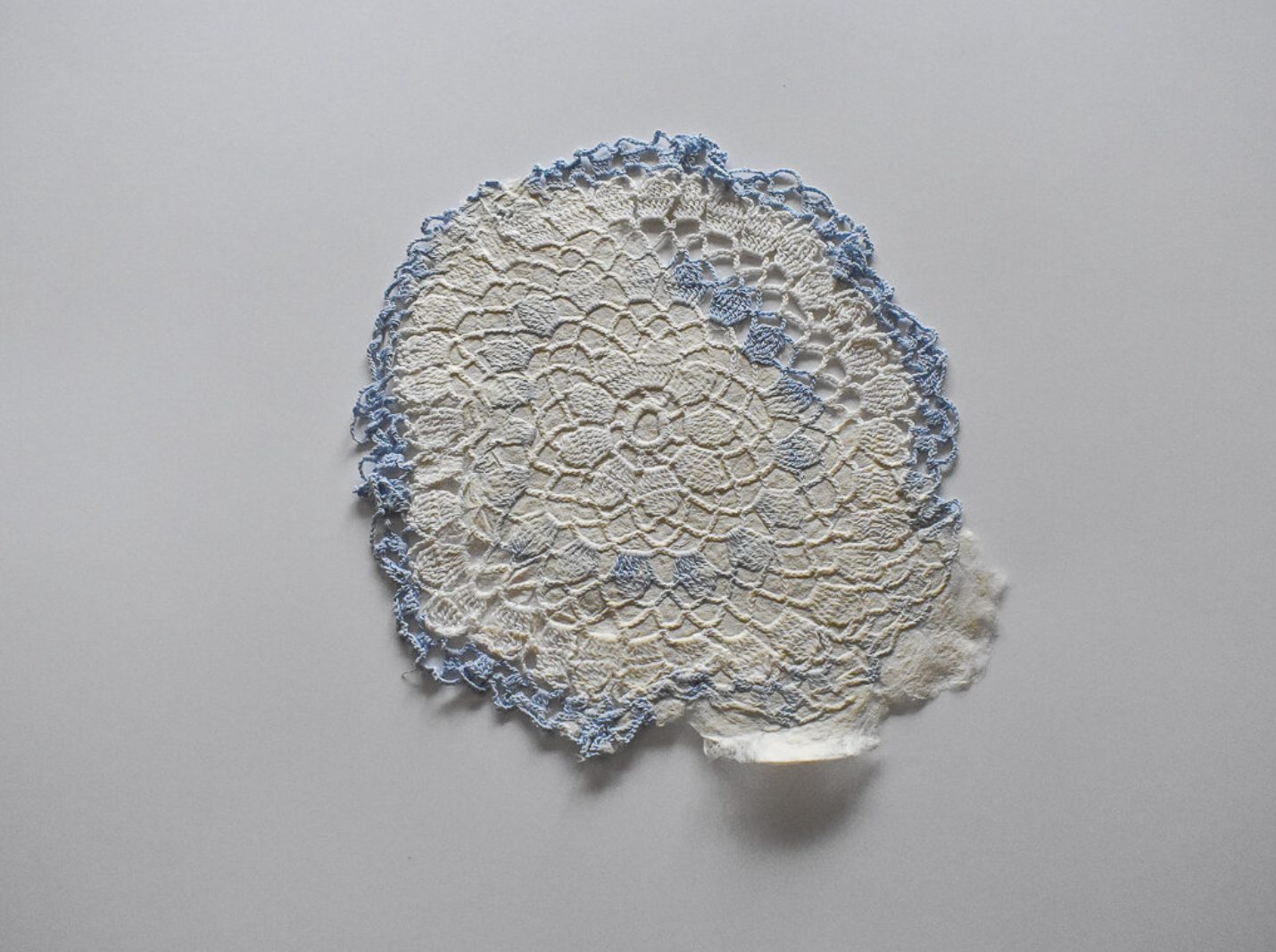
Purchasing art can be an exciting and rewarding experience, whether you’re looking to invest or simply enhance your space. But before you make any decisions, it’s important to carefully consider several key factors. Here’s a guide to help you navigate the process.
What Are Your Goals for Buying Art?
When it comes to purchasing art, people generally fall into two main categories: collectors or investors, and those seeking aesthetic pleasure.
- Investment Potential: For some, art is an investment opportunity, much like stocks or real estate. Over time, the value of certain pieces can increase, offering the possibility of significant financial returns. If you’re new to buying art and don’t have the capital for high-value pieces, leasing art has become a popular option for both individuals and businesses looking to enjoy fine works without the full financial commitment.
- Visual Appeal: For others, the primary motivation is to beautify their living space. Art can add personality and warmth to your home while reflecting your unique taste and style. Having art in your home not only elevates the environment but can also contribute to your sense of self-expression and well-being.
Is It Better to Focus on Established Artists?
While it’s tempting to invest in works by renowned artists, this doesn’t always mean breaking the bank. Many pieces, including paintings, photographs, and sculptures, are available for surprisingly affordable prices. Emerging artists offer excellent value and potential for growth in their work. History has shown that many famous artists, like Monet, started with modestly priced works that appreciated dramatically over time.
Your decision should come from the heart. Art is about personal connection and appreciation. If your budget doesn’t allow for a significant purchase, consider looking into limited-edition prints, which can still appreciate in value over time.
How Do You Determine the Value of an Artist’s Work?
If you’re new to the art world, understanding how to assess an artist’s worth can feel daunting. However, it’s easier than it may seem with a bit of research. Many media outlets and art publications release annual reviews that rank artists and their work. Additionally, art galleries are great places to connect with people who have deep knowledge and experience in the field. A visit to these spaces can provide insight into emerging trends and help you make informed choices.
Importance of Certificates of Authenticity and Provenance
One of the most important aspects of purchasing art is ensuring that you’re buying a legitimate and authentic piece. Always request a certificate of authenticity from the seller or gallery. This document provides vital information about the artwork, including:
- Title of the piece
- Artist’s name
- Creation year
- Location of creation
- Technical details such as dimensions and materials
- Clarification of whether it’s an original or part of a limited edition series
If you’re purchasing art online, verify the authenticity of the piece by asking for this certificate and, if needed, consulting an expert.
Consider the Conservation of Your Artwork
Before making a purchase, think about where and how you’ll display the artwork. Some pieces are particularly fragile and require specific conditions to preserve their quality. Here are a few things to consider:
- Lighting: Avoid placing the piece in direct sunlight, as this can cause fading. Choose a spot with balanced, indirect light.
- Temperature and Humidity: Ideal conditions for most artwork are a room with 45-55% humidity and a temperature of around 20°C (68°F). Avoid damp areas or spaces near heating sources such as radiators or fireplaces.
- Hanging Considerations: Make sure the wall and hanging materials are strong enough to support the artwork securely. For larger pieces, additional reinforcement may be necessary.
Should You Insure Your Artwork?
Insurance is highly recommended for valuable artworks. There are different options available depending on the value of the piece and your insurance provider:
- Multi-risk home insurance (MRH) typically covers artwork valued up to €3,000.
- Declared-value art insurance allows you to insure the piece based on its assessed worth.
- Appraised-value insurance involves getting the artwork professionally evaluated before insuring it at its market value.
Regardless of your choice, having insurance ensures that your investment is protected in case of damage, theft, or loss.
Purchasing art is more than just a financial transaction; it’s about finding something that speaks to you personally while making informed decisions to protect your investment. Whether you’re looking to enhance your space or build an art collection, these considerations will guide you through the process and help you make the right choice.


